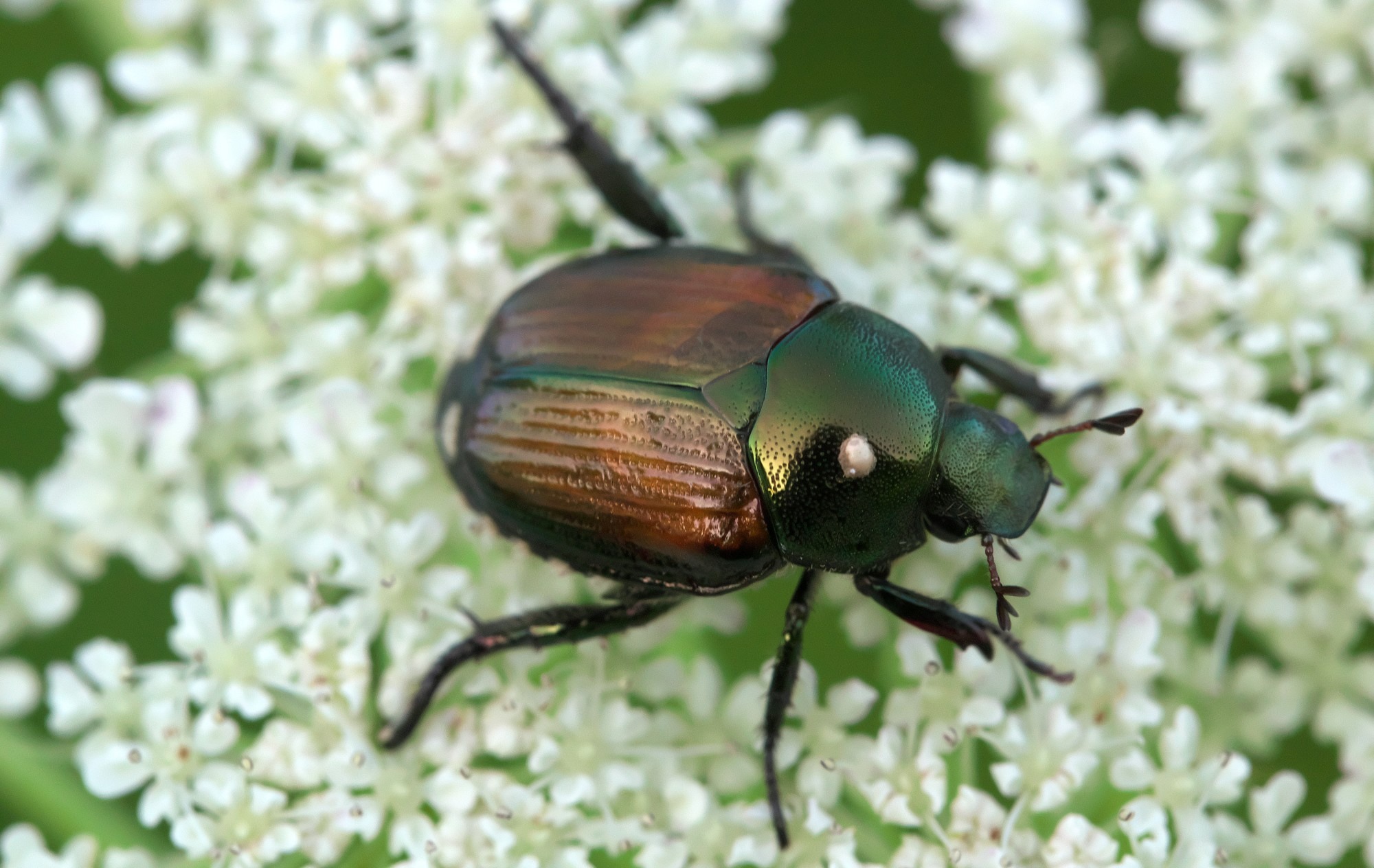On a list of invasive species, the Japanese beetle is one of the most tenacious and longest-running issues the eastern US has had to deal with.
If you read the newspaper article from 1923 that highlights the issue, you can get a sense of just how big a threat it is. But what are Japanese beetles, what do they do, and how do you get rid of Japanese beetles?
Keep reading to find out everything about the Japanese beetle you need to know.
What Is the Threat of the Japanese Beetle?
The Japanese beetle (Popillia japonica) hitched a ride on some azaleas from Japan to Burlington, New Jersey as a mere grub. Later that year, about a dozen specimens were collected.
They had iridescent green backs, with beautiful copper wing covers. Though they’re beautiful, in only seven years they went from a few feet from the azaleas to half of a square mile to over six square miles to more than 48 square miles. Now they cover almost every area east of the Mississippi River.
These beetles single-handedly destroy farming crops if left to their own devices, skeletonizing the leaves of any plants it deems as worthy food. Additionally, they burrow through and consume any fruit stock, like apples and raspberries, that they like.
That’s a lot of damage for a beetle that’s only a hair under a 1/2″ in length.
Where Is the Threat of Japenese Beetles Worst?
Everyone has a favorite meal and favorite dining place and even Japanese beetles are no different. They prefer to eat the leaves and flower buds of:
- Crabapple
- Apple
- Rose
- Linden
- Japanese maple
- Norway maple
- Pin Oak
- Crape myrtle
- Birch
- Fruit trees
- Hibiscus
In total, there are about 300 different plant and tree varieties that these beetles love to eat. Particular favorites you can use to localize and use as a “trap crop” are evening primrose, knotweed, borage, and African marigold. We’ll get what to do with them later.
Symptoms of Japanese Beetles
The Japanese beetles eat through the foliage, but leave the tough veins and stems of the foliage intact, skeletonizing it. Before long, the tree can’t convert sunlight into precious energy.
Likewise, they have a nasty habit of eating fruit and even flower buds. They come out around early July from their grub phase to find new forms of food.
As grubs, they decimate grass as they feed on roots.
Look for skeletonization of leaves in early January and brown patches of grass during fall before the grass is supposed to go into hibernation.
What to Do About Japanese Beetles
The times to go after the Japanese beetles are during the grub phase and adult beetle phase.
Attract predators like starling birds to watch over your landscape or even nectar-consuming Tachinid flies using sweet clover, dill, fennel, or mint. Using the trap crop species we mentioned before, you can funnel them to those while you handpick them into some soapy water.
Leave the soapy water with dead beetles to rot near the plants you want to save to deter others from coming near.
These and other treatments that stay away from chemicals will help to ensure that beneficial beetles (like ladybugs) keep their population up. Need more advice or help in dealing with Japanese beetles?
Planet Friendly Pest Control has your back in Southern Maryland. We can help you decide the best course of action to positively impact the environment and take care of invasive pests like the Japanese beetle.
Contact us today to get started on treatment now!
NEED HELP?
If you live in Southern Maryland, or Northern Virginia
FIND YOUR SOLUTION HERE
People, Pet & Pollinator Safe! Pest control for people who care.
